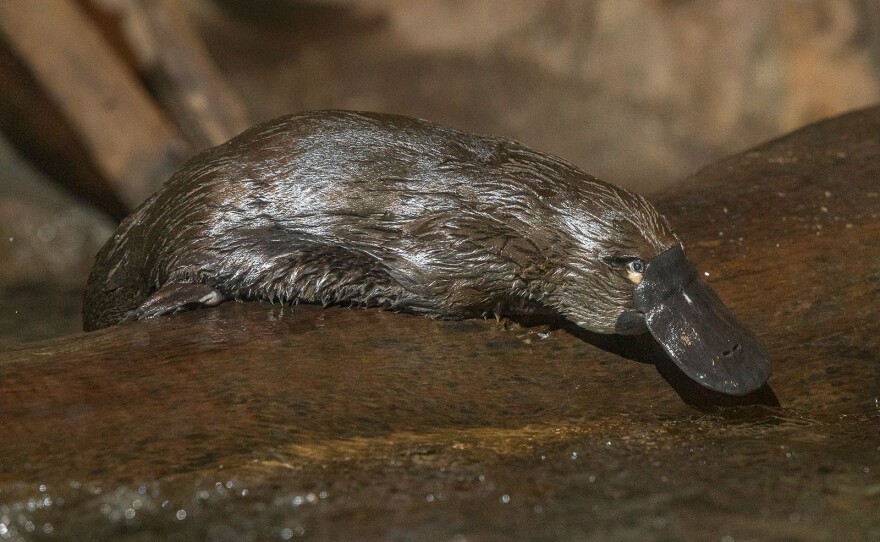A pair of platypuses were introduced to the public on Friday at the San Diego Zoo Safari Park.
The animals are the only platypuses on display outside of their native country.
The male and female have actually been living in San Diego for just over a month.
The Australian government donated the pair of unusual animals to the San Diego Zoo after more than a decade of negotiations.
“As the world’s only island continent we were surrounded by water for millions of years,” said Chelsey Martin, the consul general at the Australian embassy. “This means that our plants and animals have been able to evolve in an incredibly distinctive way.”
RELATED: Endangered Birds Released In Tijuana River Estuary
The platypuses come to San Diego from the Taronga Zoo in Sydney where they also shared an exhibit space.
“A platypus is a monotreme which means it is an egg-laying mammal," said Lori Hieber, a San Diego Zoo Safari Park lead mammal keeper. "They share that characteristic only with four species of echidna so they’re pretty unique.”
The animals live both in and out of the water.
“They’re small brown animals that tend to live in brown water,” Hieber said. “They’re nocturnal and crepuscular so they’re most active at night and during dusk and dawn so they’re very hard to find.”
And that makes putting them on display a challenge. But zoo officials came up with a solution. The day and night times are upside down in the exhibit. When it is light out the exhibit is dark and vice versa.
It has been more than 60 years since platypuses were on display in the United States.
Zoo officials are hopeful the animals will rear some young, but they said the pair has lived together for several years without producing any young.








